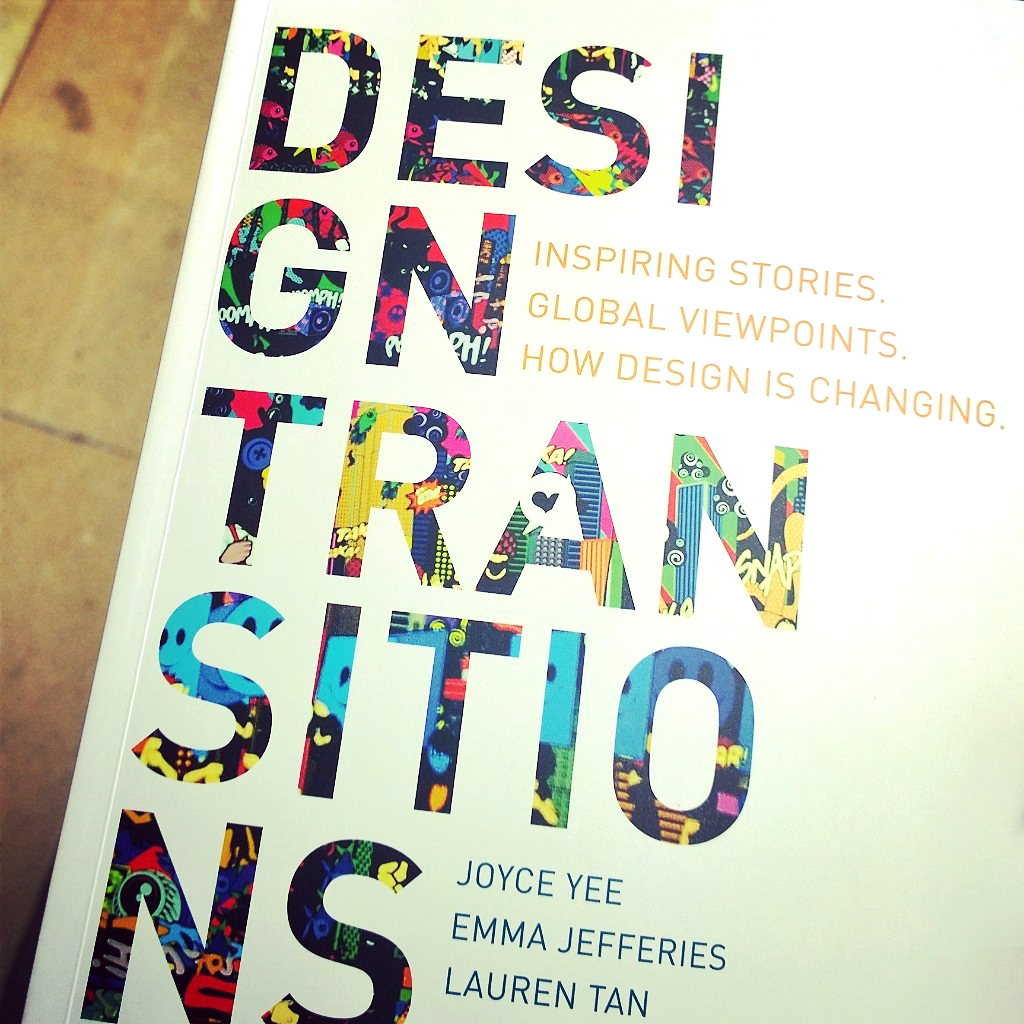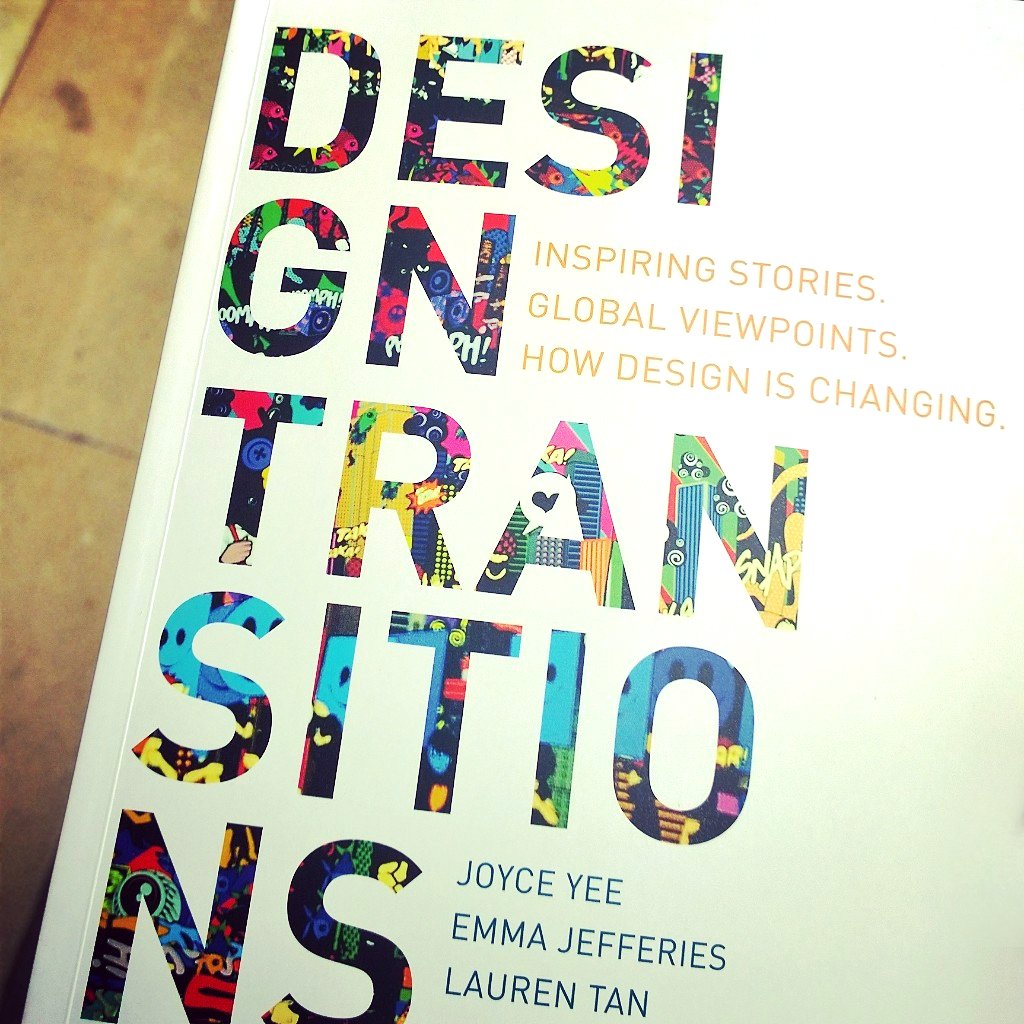The changing nature of design

This morning Janna and I attended the launch of Lauren Tan's new book. Design Transitions looks at the changing nature of design practice through the eyes of 42 design studios from around the world.
One of the key themes from Lauren's research is the way that design has become more collaborative – designing with not just for organisations and people. Lauren spoke this morning with Chris Vanstone from TACSI about their collaborative approach, particularly that of their excellent Family by Family programme.
We've been experiencing this transition to a more collaborative approach over the last few years and our projects are all the better for it. With our clients' and their customers' involvement we are creating work that is more sustainable and accepted within the organisation because, as Iain mentioned in his UX Australia talk, this approach helps to break the connection between idea and ego. Moreover, as each new staff member is exposed to the design process they become advocates for design – and the outcomes of design – within the organisation.
This more collaborative way of working could be seen as an amalgam of a traditional consultancy model with the style of embedded design practice that Dan Hill* is an advocate for. It brings the good of consultancy (independence, objectivity, outside knowledge, authority) with the positive aspects of being an 'innie' (access, deep organisational knowledge, responsibility for the project's future).
One aspect of traditional consultancy that Dan Hill sees as problematic is the lack of responsibility that consultancies can have (or are permitted to have) for the work that they do. Perhaps this is the next frontier for the changing role of design – designing ways of working that allow consultants to have more skin in the game. How might we have more responsibility for our work?
The long-term 'partnership' model that Meld Studios is fostering is one way to design more sustainability and responsibilities into projects, but there are other methods we are experimenting with. Reverse embedding, for example. This is where a client sits in our studio to take more of an active role in the design process. This can be a short or a long engagement, depending on the project.
As I type, I am watching Jo and Janni working with a client, one of six from that company who will work with us each for one day over the next few weeks (watch out for a blog post from Jo or Janni about this soon). In a more long-term approach, last year Chris hosted a team member from the Sydney Institute for 13 weeks at our studio.
With both of these engagements the client has taken part over the entire design process rather than just one section (eg research or analysis). This develops a more complete picture for them of what is involved in design and, hopefully, means they have more appreciation for the effort and rigour involved in a design-led project.
----------
* Dan Hill (2012) Dark Matter and Trojan Horses: A Strategic Design Vocabulary. Thanks Ben Hoh from Digital Eskimo for asking the question around this essay!

